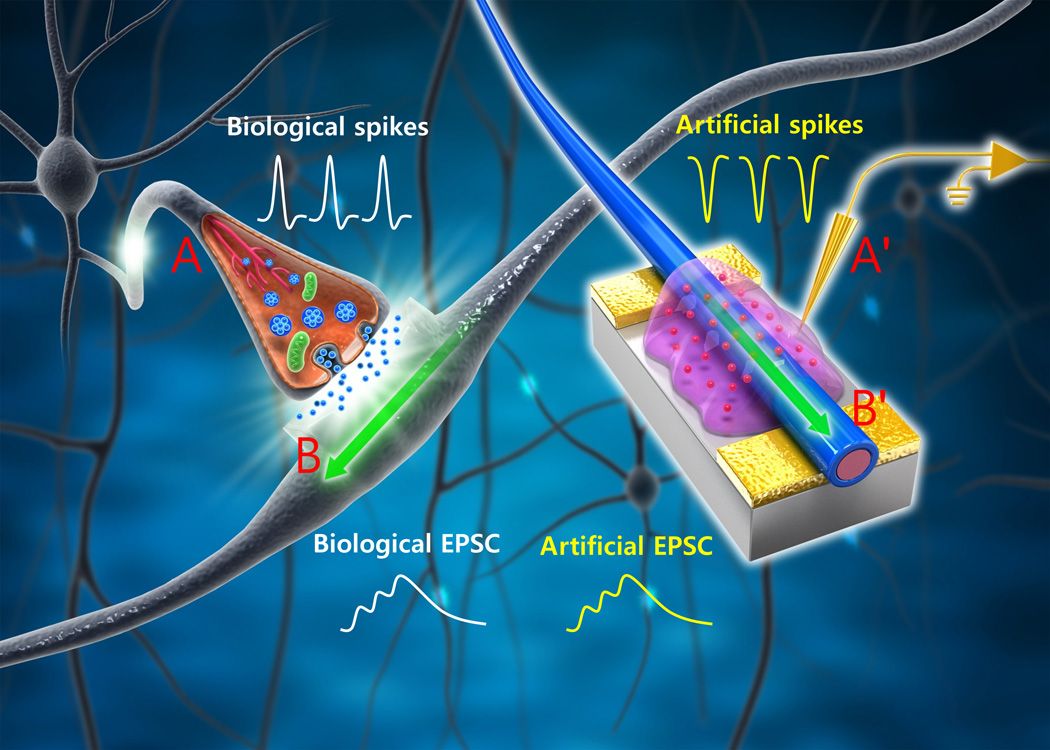Page 11100
Jun 20, 2016
Meet Scientific Politician Zoltan Istvan
Posted by Zoltan Istvan in categories: geopolitics, transhumanism

This 1-min video centered on transhumanism aired across the country today on many Fox channels. It’s part of a new news show for millennials:
Presidential candidate Zoltan Istvan is putting science at the forefront of his politics.
Continue reading “Meet Scientific Politician Zoltan Istvan” »
Jun 20, 2016
We Might Finally Solve the ‘Alien Megastructure’ Mystery
Posted by Sean Brazell in category: alien life
Good news alien hunters! A Kickstarter to fund a year-long investigation into KIC 8462852—the star voted most likely to harbor an advanced alien civilization—just got funded. Alien megastructure or not, we may finally get to the bottom of this bewildering, flickering star.
This crowdfunding campaign was set up in May by Yale astronomer Tabby Boyajian, and it managed to meet its $100,000 goal in just 30 days. A $10,000 surge in the last 100 minutes of the campaign managed to put the project over the top. The next step is to figure out the logistics, but Boyajian, who’s been leading the research into KIC 8462852, says observations could start as early as later this summer.
The ultimate goal of the project will be to determine why this star’s light dims at such irregular intervals, and at times by as much as 20 percent. These huge dips in luminosity are way too large to be a passing planet, hence the suspicion the anomaly is being caused by swarms of comets, a distorted star, some unknown astronomical phenomenon—or an advanced alien civilization in the process of building a gigantic solar array around the star.
Continue reading “We Might Finally Solve the ‘Alien Megastructure’ Mystery” »
Jun 20, 2016
OpenAI technical goals
Posted by Klaus Baldauf in categories: governance, neuroscience, robotics/AI
OpenAI’s mission is to build safe AI, and ensure AI’s benefits are as widely and evenly distributed as possible. We’re trying to build AI as part of a larger community, and we want to share our plans and capabilities along the way. We’re also working to solidify our organization’s governance structure and will share our thoughts on that later this year.
Our metric
Defining a metric for intelligence is tricky, but we need one to measure our progress and focus our research. We’re thus building a living metric which measures how well an agent can achieve its user’s intended goal in a wide range of environments.
Jun 20, 2016
These Sunglasses Play Music Through Your Skull
Posted by Shailesh Prasad in categories: futurism, media & arts
Jun 20, 2016
This Electric Racecar Goes Faster Than The World’s Fastest Car
Posted by Shailesh Prasad in categories: futurism, transportation

These sheets and pillowcases are lined with real silver, so they fight bacteria all on their own.
Jun 20, 2016
This concept car changes itself to fit each driver’s preferences
Posted by Shailesh Prasad in categories: futurism, transportation
Jun 20, 2016
This Robot Is A Security Guard
Posted by Shailesh Prasad in categories: robotics/AI, security
Jun 20, 2016
Researchers create organic nanowire synaptic transistors that emulate the working principles of biological synapses
Posted by Bruno Henrique de Souza in categories: computing, nanotechnology, quantum physics
(Phys.org)—A team of researchers with the Pohang University of Science and Technology in Korea has created organic nanowire synaptic transistors that emulate the working principles of biological synapses. As they describe in their paper published in the journal Science Advances, the artificial synapses they have created use much smaller amounts of power than other devices developed thus far and rival that of their biological counterparts.
Scientists are taking multiple paths towards building next generation computers—some are fixated on finding a material to replace silicon, others are working towards building a quantum machine, while still others are busy trying to build something much more like the human mind. A hybrid system of sorts that has organic artificial parts meant to mimic those found in the brain. In this new effort, the team in Korea has reached a new milestone in creating an artificial synapse—one that has very nearly the same power requirements as those inside our skulls.
Up till now, artificial synapses have consumed far more power than human synapses, which researchers have calculated is on the order of 10 femtojoules each time a single one fires. The new synapse created by the team requires just 1.23 femtojoules per event—far lower than anything achieved thus far, and on par with their natural rival. Though it might seem the artificial creations are using less power, they do not perform the same functions just yet, so natural biology is still ahead. Plus there is the issue of transferring information from one neuron to another. The “wires” used by the human body are still much thinner than the metal kind still being used by scientists—still, researchers are gaining.
















